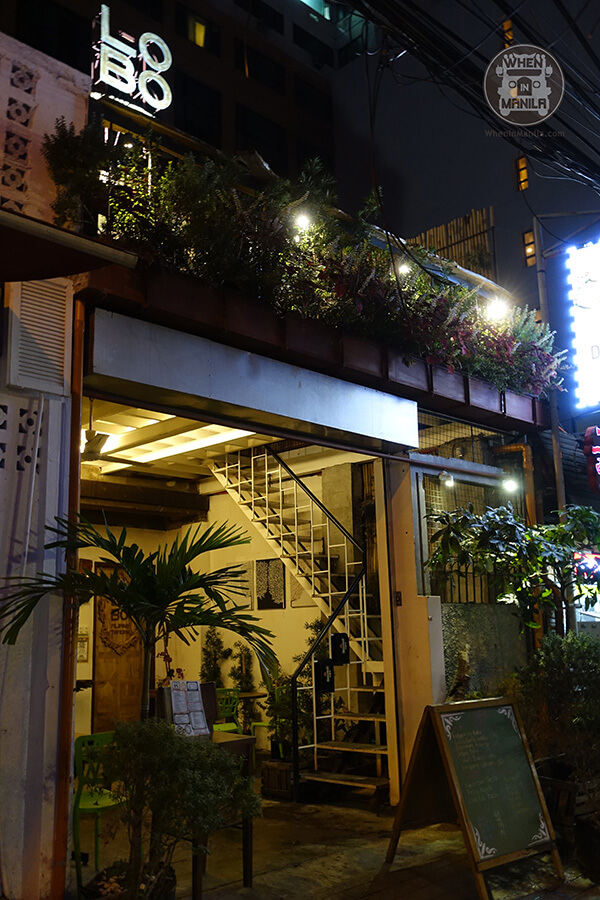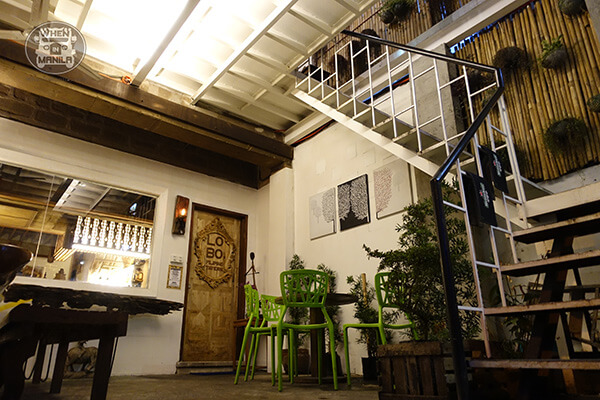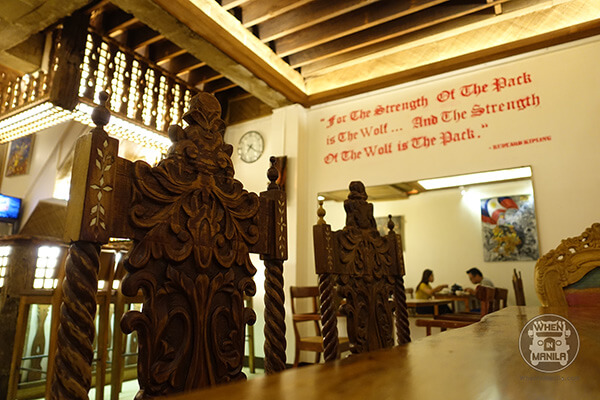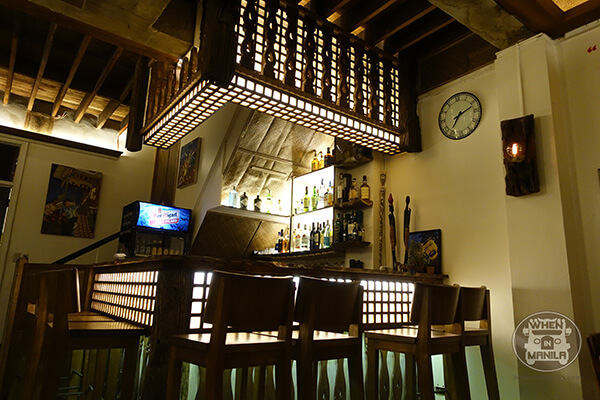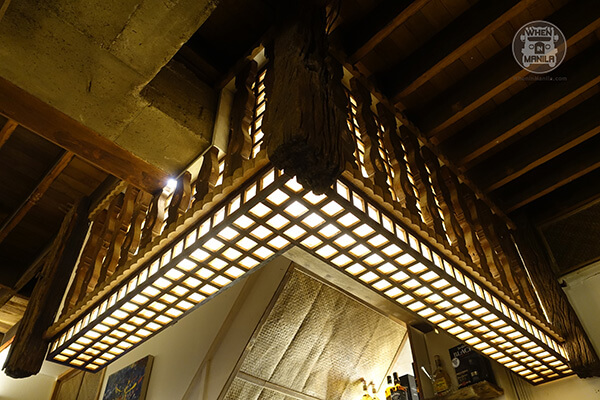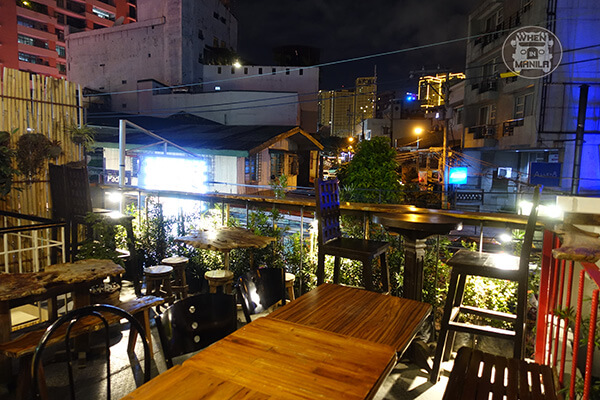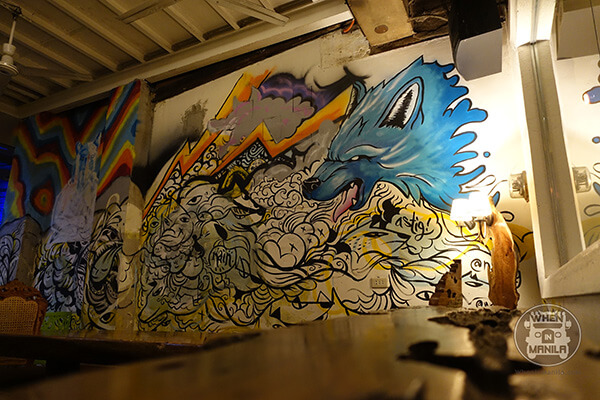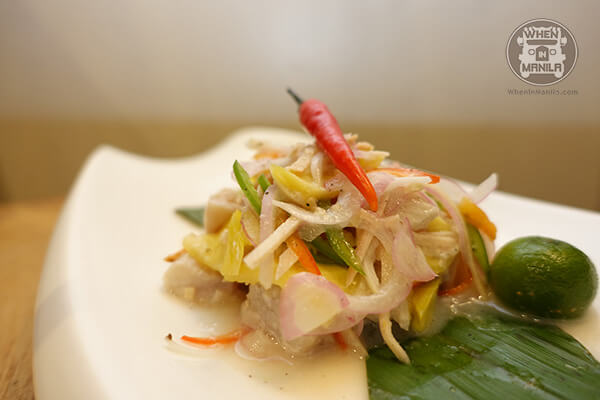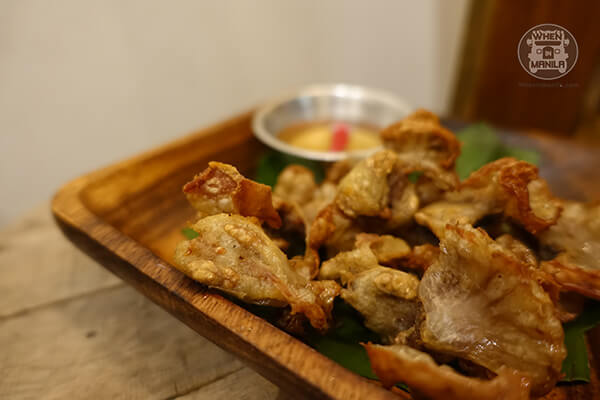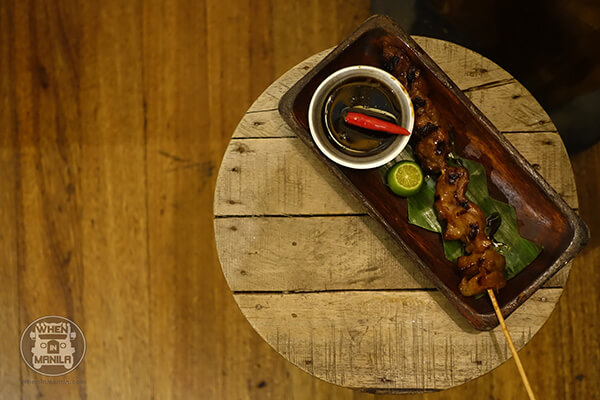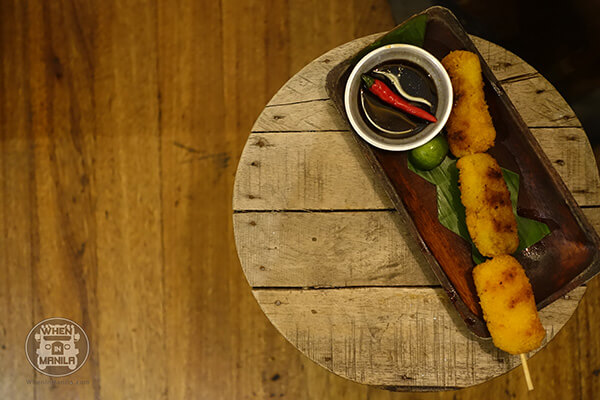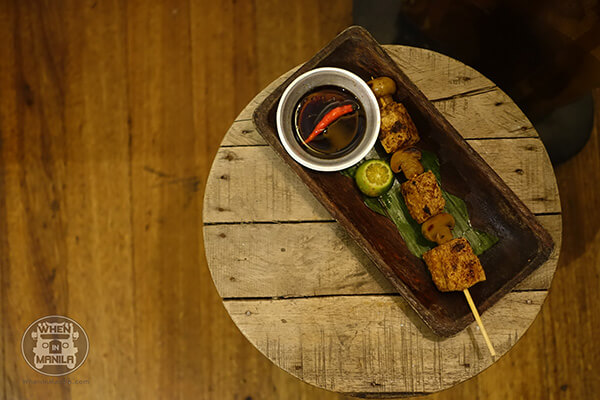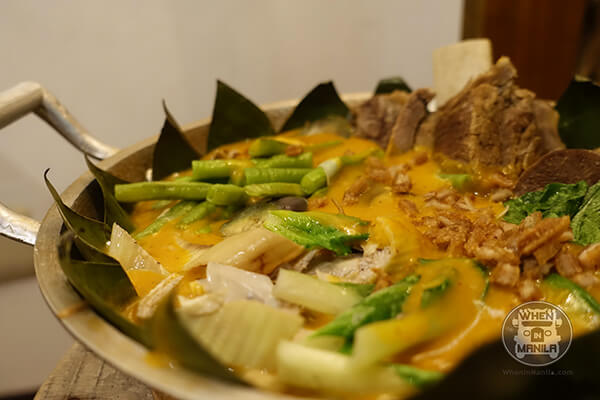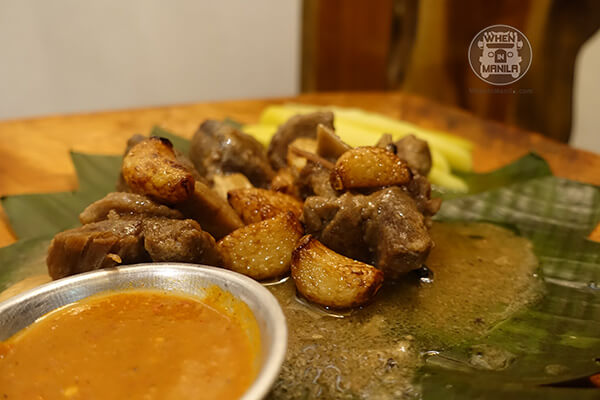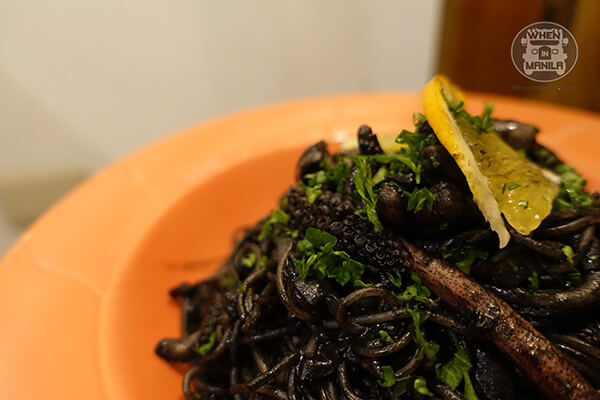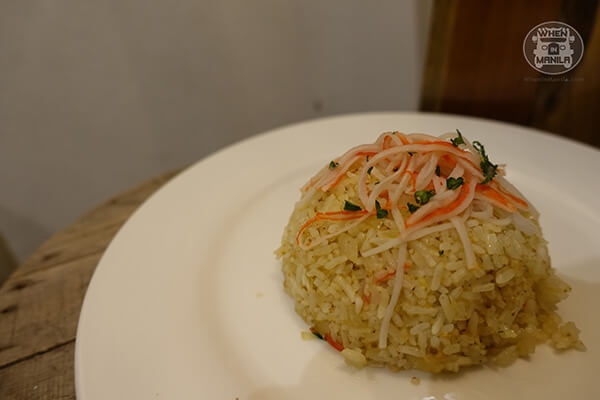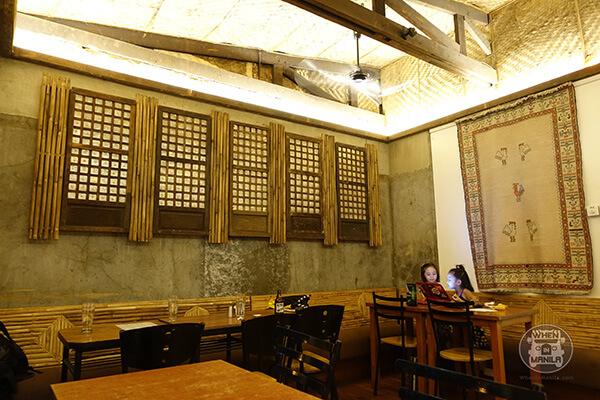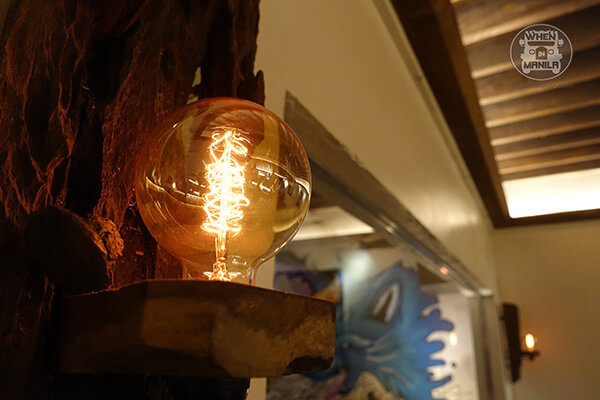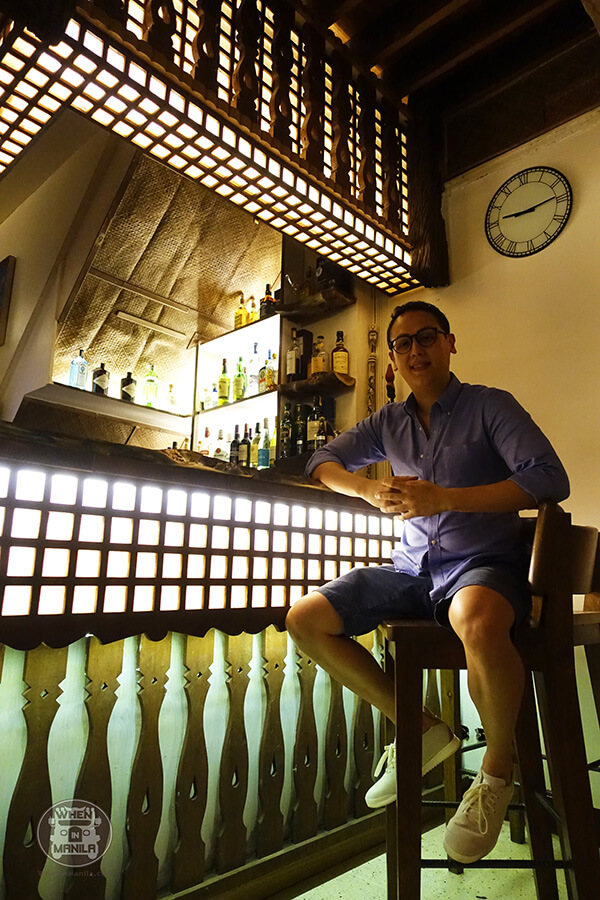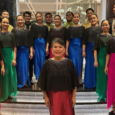Just two years ago, the neighborhood of Poblacion was still a promising community that was on the other side of the looking glass of Makati Avenue’s infamous reputation. And the deeper you delve into the area, the more it reveals to you – behind the vivid signage of every establishment, in the back alleys between buildings, and in the shrouding shadows of every dimly lit corner, there was always a trove of the unfamiliar, for better or for worse. The fondest memories of this budding community had been its concept restaurants and bars, and line of hostels that made it a hotspot for both backpackers and yuppies.
Today, it has evolved into a distinct entity that houses a mix of establishments, with everything from reggae lounges to tasting rooms. And while that variety is enough to attract entrepreneurial opportunities on its own, some of the mainstays have learned to grow and diversify, discovering the familiar by pushing boundaries of its own.
Enter Kian Kazemi and his unique perspective as a restaurateur and businessman altogether. With a slew of Persia Grill branches under his wing and the successful Kite Kebab in the other, his latest concept was unexpected to say the least.
Lobo Filipino Tavern touches on the other half of his roots, his Ilonggo decent from his mother’s side. Despite his deep influences in Persian cuisine, Kian pulls off Lobo’s concept with such grace it’s difficult to think of him as the same man who said, “There are two types of people who want to open a restaurant: the people who have money and want to open a restaurant, and the people who don’t have money and want to open a restaurant. I’m the latter.”
Warm lights welcome guests at the entrance and you’re immediately drawn to the interiors through the glass window. Inspired by Filipino ancestral homes, Lobo’s interiors are mostly DIY and refurbished.
Because Kian didn’t want to spend on an interior designer, he got creative.
Upcycled wood bearing the handmade logo acts as a door, driftwood is given new life as tabletops, antique capiz windows hang on the walls like artwork, handmade incandescent bulbs light up corners as lamps, while the bar secretly sports the traviesa or railway sleepers of an old railroad track.
This is seen even upstairs, complemented by an open-air balcony that gives you a view of Makati’s crowding horizon. The tavern also doubles as a platform for up and coming artists to display their own work which lines the interiors. A wall mural by the entrance was a collaboration between street artists Naks and We Will Doodle.
The DIY concept echoes to the menu as well. When nobody was available to conceptualize the menu, he again got creative and worked on the recipes himself. Lobo keeps it simple, in its realization that simplification may be better for certain flavor profiles, but is also difficult to achieve. For a cuisine that is considered, according to Kian, as progressive Filipino, it mainly sticks to the fundamentals of each recipe but pushes it forward to a global level.
The Tanigue Kinilaw (Php 195) is an Ilo-ilo classic composed of coconut vinegar, lime, mangoes and surprisingly, a hint of gata.
Those with hypertension may seriously need to reconsider trying the Bulaklak Chicharones (Php 85). With the right balance of crunchy and chewy without the seasoning overpowering the pork, this is highly recommended by my pork-loving friends.
Lobo also has its fair share of inihaw and includes the classic Pork Barbeque (Php 50);
Kesong Puti (Php 85), breaded, fried and then grilled;
and Mushroom Tofu (Php 65), a healthier take on Tokwa’t Baboy.
For the mains or ulam, Lobo has its very own Signature Kare-Kare (Php 295), a medley of slow-cooked beef short ribs, ox tripe, lengua, and vegetables. The peanut sauce, made fresh in-house everyday along with the homemade bagoong heightens the flavor of the meat. Honestly though the sauce alone is worth it.
Lobo’s Lamb Adobo (Php 275) incorporates tender chunks of succulent Australian lamb cooked in extra virgin olive oil, mostly because the menu also kept in mind the palates of foreigners. It has been getting pretty good feedback from both the international and local crowd, and hopes to put Filipino food on the map.
The Pastra Negra (Php 185) is easily a favorite with the sauce emanating the flavor of the squid ink rather than just the black color. The pasta dish keeps close to home using angel hair pasta, meant to mimic sotanghon noodles.
Then for the indulgent, Lobo offers a single serving of Crab Fat Rice made with high quality crab fat (as you can see it isn’t orange tinged) and topped with kani strips.
Lobo offers dishes each with its own character, but what rings true to all of them is their simplicity where the flavor profile resonates in each one to give that direct, clean-cut taste. Kian mentions a quote from Anthony Bourdain that he keeps to heart, “Good food, most often, is simple food.”
The tavern also features a VIP Room perfect for gatherings or meetings and is fitted with necessary equipment for presentations. Best of all, renting out the room includes consumable food and drinks.
Lobo Filipino Tavern couldn’t be more timely. As Poblacion grows as a community, keeping itself in check ever so often, Lobo has integrated seamlessly with its subdued elegance and laidback vibe. It’s gained its own roster of regulars because it has proven itself as a venue open to everyone, especially with the owner’s “mi casa su casa” mentality.
And with the fervor Kian has for his food and his life’s work, it’s quite expected that he’s already brewing up new restaurant concepts in his head. Not surprising at all from the same guy who told us, “Knowing that you’re going to die, makes you fear less.”
Photos by: Jazztin Miranda
Which was the most drool-worthy of Lobo’s dishes?
4898 Durban Street, Brgy. Poblacion, Makati, Metro Manila
(02) 805 9380

